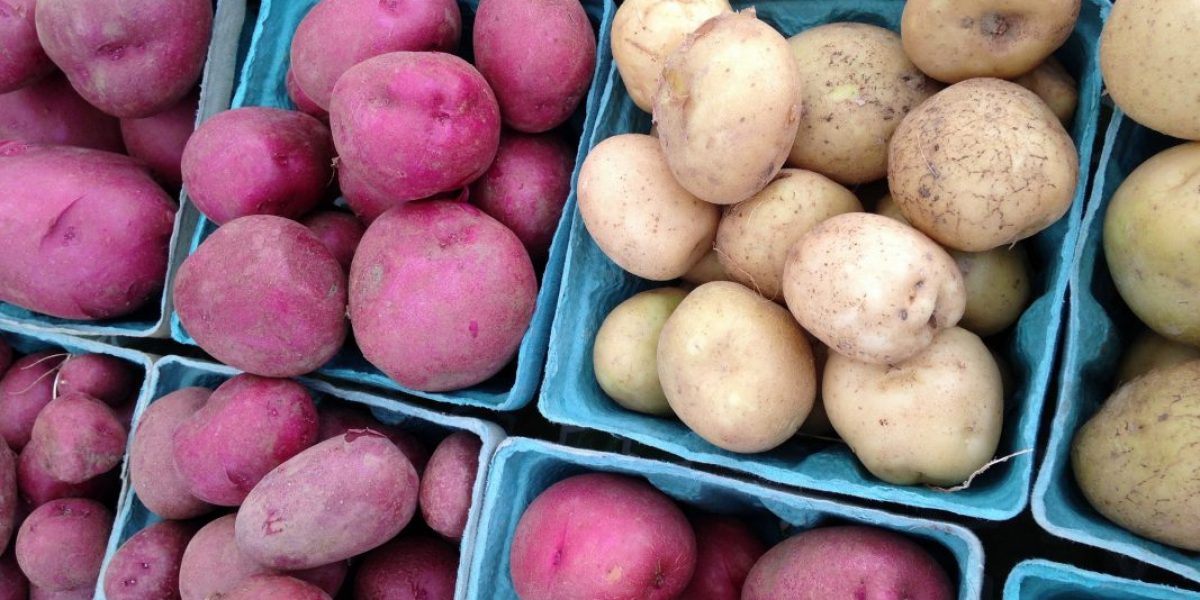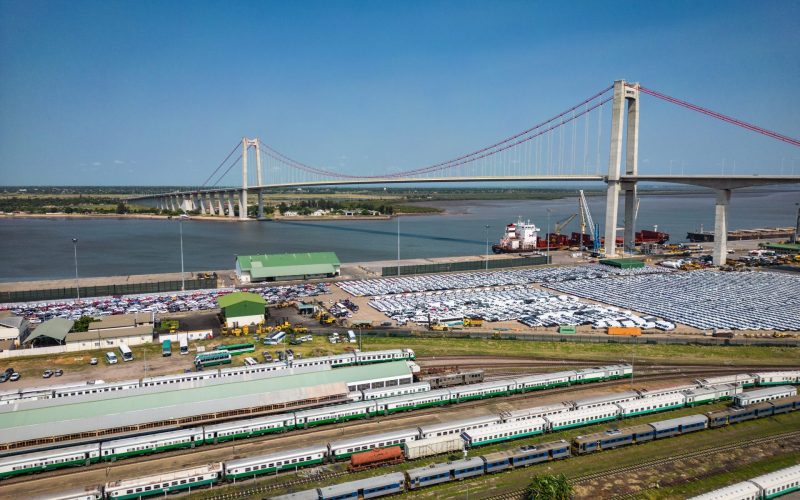The future is not promising either – climate-change specialists predict continuing droughts and attendant famines. Clearly, these challenges urgently require robust and sustainable corrective measures. Part of the solution lies in adopting modern farming techniques, particularly biotechnology, and creating a friendly trade and regulatory environment. African countries have generally failed to take advantage of technological advances in industry and agriculture. Genetic modification, for example, can be used to promote a desirable crop character or suppress an undesirable one. Potentially positive effects include higher yields, reduced pesticide use, and enhanced product attributes.
However, concerns over its largely unknown and often exaggerated potential risks to human health and the environment have led to strong opposition to genetic modification. In the process, objective, science-based approaches to regulation have been neglected in favour of fear-inspired measures. In the SADC, this problem is compounded by fear of losing markets in the European Union (EU), where stringent genetic modification regulations are promoted to satisfy consumer concerns. This raises the need for African countries to strengthen their scientific and technological capacities and to be able to carry out objective assessments that minimise risks and maximise benefits. There is also a need for policy stances to be informed by domestic realities more than undue external influences.
SADC countries should emulate the regulatory approaches pursued by developing-country leading lights such as China, Argentina, Brazil, India, and their regional leader, SA. These countries have realised the importance of being part of the biotechnology revolution and have invested in research and development, commercialised geneticmodification crop production, and have established regulations that seek to promote the technology while minimising risks to the environment.
Considering the pressing humanitarian needs, Africa cannot afford to be embroiled in politicised debates over genetic modification. Its position in international negotiation forums such as the Cartagena Protocol on Biosafety should be informed by domestic imperatives and aspirations to achieve food security. This is, lamentably, not the case.
The main aim of the Cartagena Protocol is to establish legally binding international procedures for the safe handling, transfer and use of genetically modified organisms. The primary motivation is to protect the environment, not to stop trade in such organisms.
But the regulatory overkill being pushed by most poor developing countries and the EU under the protocol is inimical to Africa’s prospects as an exporter and importer of genetically modified products and may conflict with World Trade Organisation (WTO) provisions.
Though the protocol came into force in 2003, certain issues remain unresolved and negotiations continue. The most recent meeting, held in March in Curitiba, Brazil, focused mainly on labelling issues, to alert importers that a shipment contains or may contain genetically modified organisms. Negotiators from 132 countries reached a compromise. They agreed that if an exporter of genetically modified crops knows a shipment contains genetically modified organisms, the shipment has to be labelled “contains” genetically modified organisms. Where this cannot be ascertained, the shipment has to be labelled “may contain” genetically modified organisms.
Of particular note is the disturbing fact that African countries supported stringent requirements for regulating and labelling genetically modified organisms, despite their capacity constraints to carry out requisite testing. Further, most of the positions they have taken contrast with their stances in WTO negotiations. For example, they have been in the forefront of rejecting the inclusion of environmental-protection measures in the WTO as they feel these could be used as barriers to trade. Yet in the Cartagena Protocol negotiations, they support stringent environmental regulations.
It is not clear whether labelling requirements are in line with WTO rules, especially the agreement on technical barriers to trade. This agreement prohibits countries from discriminating between “like” products. The question now is whether genetically modified organisms and non-genetically modified crops are “like” products? If they are, then imposing labelling requirements on genetically modified organisms but not on conventional non-genetically modified organisms violates the agreement.
In the meantime, countries are left to decide whether to impose labelling requirements and risk being dragged into a WTO dispute settlement or wait until there is certainty.
Genetically modified organisms are increasingly being used in food relief efforts. Contributions are reportedly dwindling as relief organisations have been overstretched by the recent string of natural disasters. It is clear that countries hit by famines will be forced to accept genetically modified organisms. So imposing strict rules for the importation of genetically modified organisms will mean this food is not delivered on time to those in desperate need.
It is therefore evident that if African states are going to negotiate an international regime for regulation of genetically modified organisms under the Cartagena Protocol, they have to take positions which do not restrict trade in grains and which ensure that in cases where a country has a food deficit, it can easily import food from surplus countries and vice versa. More importantly, Africa must strive to use new technologies to meet its own food needs rather than to continue being an object of humanitarian food aid relief.








